Text and photos by Leslie Mazoch.
Everything changed when I realized I was giving up my dream job. I was going to give up being a photojournalist to become a photo editor.
Everything I had done up to that day was in some way a step toward becoming a photojournalist. I’d fallen in love with photography as a teenager, studied photojournalism in college, worked at my University newspaper, did a summer newspaper internship, got my first full time shooting post at a small town paper and then got my dream job: a photography post in Latin America with an international news agency. There I was, six years later, choosing to leave it.
I worried I’d have regrets, but I was positive that it was time to move to a new country, and this was the train that came my way. I packed my bags, left my agency’s cameras behind and flew from Caracas to Mexico City to take a seat at a desk. My job description changed and it felt like my ‘life description’ had changed too.
When I explained to my colleagues, and to myself, why I was doing this, I had a very positive mind set. I rationalized I’d have more time and energy to work on my own photography. In retrospect, I was right, but I had no idea of the inner struggle ahead of me.
Within the first week of my new job I came to understand why photo editors were asking me the questions they were asking when I was in the field. I see now how challenging it is to deal with dozens of countries instead of one. I now realize they were juggling communication with many photographers simultaneously on the instant chat and phone, taking other random phone calls, coordinating with other formats, spending time in meetings and writing up internal reports. Logically, a photo editor who has never been a shooter would learn from standing in the shoes of a photographer as well.
Then there’s the sheer number of photographs I look at as an editor compared to when I was a shooter. There’s no comparison, and I have to make a quick decision about them. The options are: move the image to clients as is, negotiate a crop with the photographer, don’t use it, and/or ask the photographer to send more. It’s like judging a contest on deadline day after day.
Feedback was what I most craved when I was a shooter, and if I didn’t get any, there was no relationship with my photo editor. So, making the time to explain why I like or dislike a photographer’s image, or suggest a crop for them to consider, under the time constraints of spot news, is the most valuable thing I try to do, for both of us.
As soon as I got the hang of my new work-life rhythm and settled into my new city, I started a personal photo project on my days off. After a few months of keeping my eyes and ears open, I discovered the Mexican escaramuza: female horse riding teams whose members mount side saddle and wear dresses. It was love at first site. They looked as if they came from another time.
This is where it got weird. My pictures could only be seen from my hard drives, not in the public domain, like yahoonews.com when I was a photographer for the agency. I didn’t exist online. Also, I was no longer covering events with other journalists. That family was gone. My experiences as a photographer became private. I turned inward, both photographically and psychologically. I started reading authors who explored the nature of identity to help me get my head around my new ‘life description.’
I’d always heard that no matter where you work, you should take pictures for yourself. I don’t mean save a few frames for your personal archive but in an deeper way: take pictures the way you like to take them, not only the way your company needs them. I suspect I hadn’t figured out how to do that. So, here I had an opportunity to give it a try.
When I met new people who asked me that number one question “so what do you do?,” I found myself saying “I’m a photographer who works as a photo editor.” Then I moved on to “I’m a photo editor moonlighting as a photographer.” Eventually I got comfortable saying “I’m a photo editor” and depending on the person, I told them about my personal project.
It took about a year for me to stop caring that no one else could see the pictures I was taking. It became ‘enough’ that they were for me and the people I was photographing. I became completely absorbed in the project and stopped caring how long it was taking to complete it, since I was limited to my days off. I began to accept my secret life as a photographer and simply enjoy myself.
After three years, I edited a photo package and produced an audio-slide show to send to international photojournalism competitions. To my utter amazement, they were awarded two prizes by the National Press Photographers Association’s Best of Photojournalism contest. One for a sports picture story and another for a sports audio-slide show.
Ironically, these are my first photo awards. Perhaps the combination of unlimited time to work on the project and my love for the subject matter is what came together for me to produce a solid package for the first time. I’ll keep going with the project, as I’ve fallen in love with it and the people, and I’ll post them to my website as they emerge. I have in mind a photo book and a short documentary photo-video essay.
Until this experience, I hadn’t realized that I’d so tightly bound my identity with my job title. And I’m relieved I was wrong to do so. My understanding of identity has expanded. It has matured. Leaving behind my job as ‘photographer’ doesn’t mean I leave behind my photography too, if I so choose. Our job titles don’t define us. We define ourselves.
For more informations and photos please visit Leslie Mazoch website.

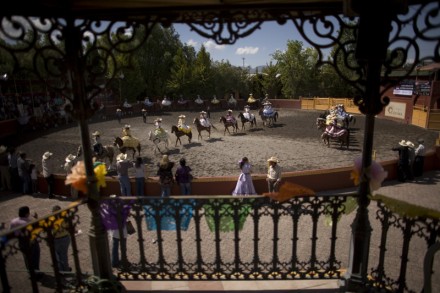
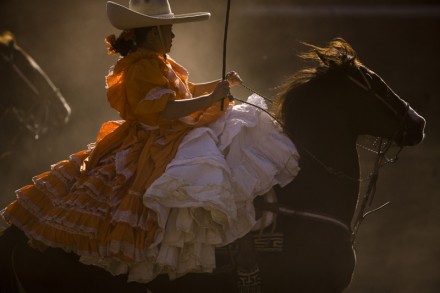
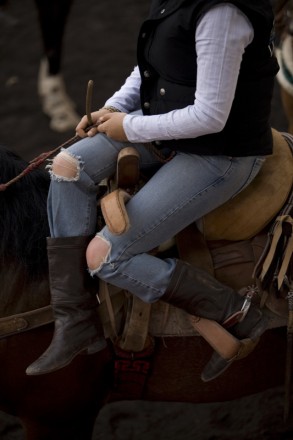
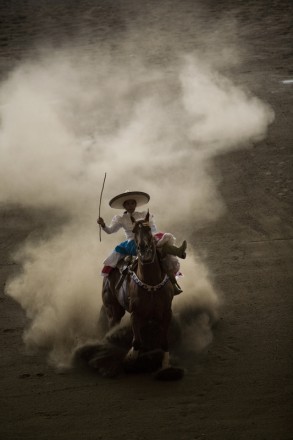
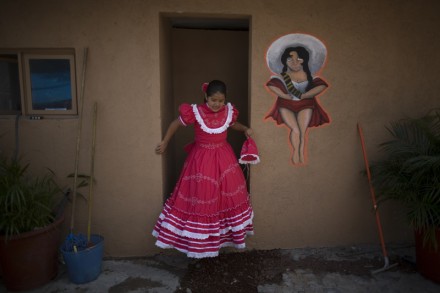
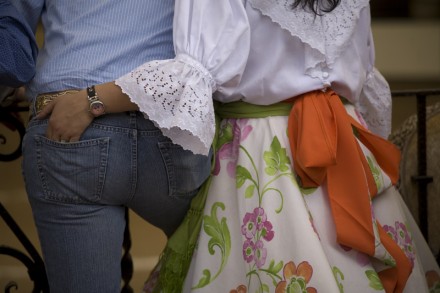
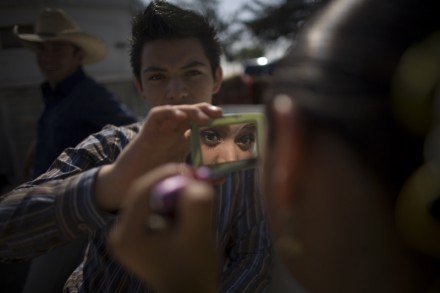
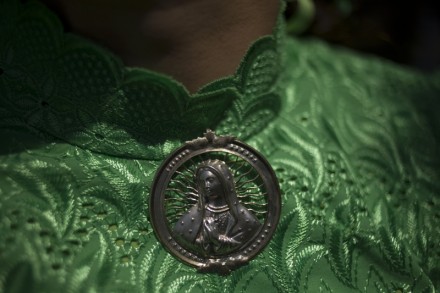
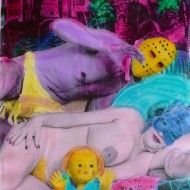
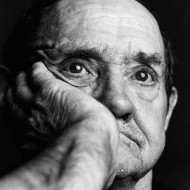
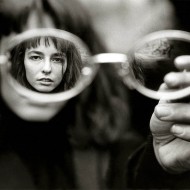
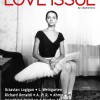






























You can also subscribe to this post comments RSS feed.